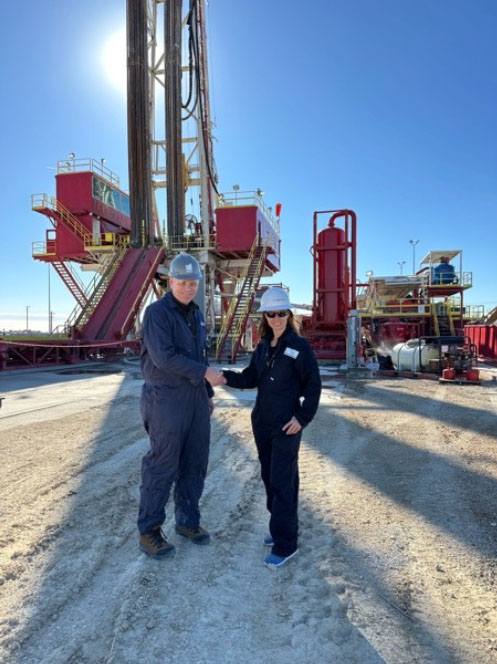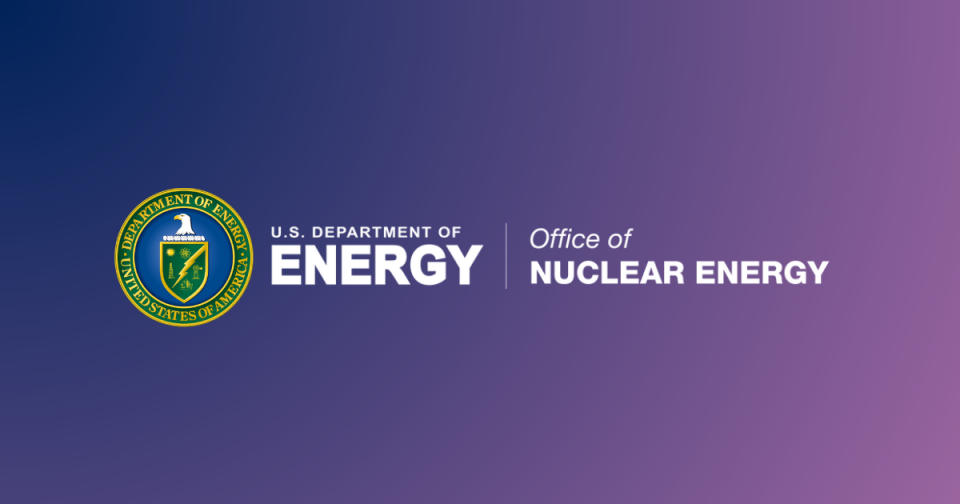The advantages and challenges of nuclear-powered data centers
April 11, 2025, 7:03AMANS Nuclear Cafe
The Department of Energy’s Office of Nuclear Energy has posted a list of the advantages and challenges of using nuclear energy to power AI data centers, which some estimates suggest could consume as much as 12 percent of U.S. energy production by 2028. The DOE also posted a brief video on its YouTube channel to accompany the list.
Six advantages: The list includes the following six advantages for nuclear-powered data centers:
- Nuclear energy provides 24/7 power, with plants operating around the clock at full capacity. Nuclear power is more reliable than any other energy source, making it a perfect fit for “the 99.999%+ energy reliability needs of data centers.”
- Nuclear plants rarely need to shut down, typically operating 18 to 24 months at a stretch, with refueling outages usually lasting only a few weeks. Furthermore, “some advanced reactor designs in development aim to operate as long as 10 years without refueling.” These are important considerations for data centers, where downtime could cost “over $8 million per day, by some estimates.”
- Nuclear reactors are flexible. Advanced nuclear reactors would be ideal to meet the needs of the diverse designs of data centers, because advanced reactors have “versatile, scalable designs ranging from transportable microreactors to small modular reactors to large-scale light-water nuclear plants.”
- Nuclear energy costs are stable. “Steady prices from power purchase agreements and the long lifespans (80+ years) of nuclear plants give nuclear an edge when it comes to long-term business planning for data centers.”
- Nuclear energy is compact. “The advanced reactors of today and tomorrow will be designed with a small footprint and passive safety features that could allow them to be built alongside data centers, reducing transmission costs.”
- Existing nuclear plants have hidden potential. “Bringing retired nuclear plants back on line is one potential way to power data centers without the cost of building a new plant. . . . Some companies have even begun exploring placing data centers at or adjacent to existing nuclear plants for maximum efficiency and cost savings.”
Five challenges: DOE-NE also listed the following five challenges for nuclear-powered data centers:
- New reactors will take time to build. “Numerous designs for next-generation reactors are currently in the works, but only the Westinghouse AP-1000 has been built thus far. Licensing, demonstrating, and deploying additional reactors will take years.”
- First-of-a-kind reactor deployments are expensive. Initial deployments of nuclear power plants “can carry a high price tag, posing a potential barrier to nuclear energy ramping up to power the data center revolution.” However, the modular construction of advanced reactors is expected to reduce construction and scheduling costs.
- Metering issues could be a hurdle. Efforts by Amazon and Talen Energy to add power “behind the meter” for a co-located data center purchased from Susquehanna Steam Electric Station “were placed on hold by the Federal Energy Regulatory Commission over concerns that such deals could allow data centers to benefit from transmission systems without paying for them . . . Future efforts will need to navigate this new territory.”
- The nuclear fuel supply chain is still under construction. The United States currently lacks a domestic supply of uranium fuel to power planned future reactors. Fortunately, “DOE is supporting efforts to build the infrastructure this country needs to scale up nuclear fuel production.”
- Spent nuclear fuel must be stored. This final challenge is the old problem storing spent nuclear fuel. “Advanced technologies like fast reactors and high-burnup fuels could one day reduce or potentially eliminate much of this waste by using more of the potential energy stored in the fuel,” according to the DOE.


.jpg)




